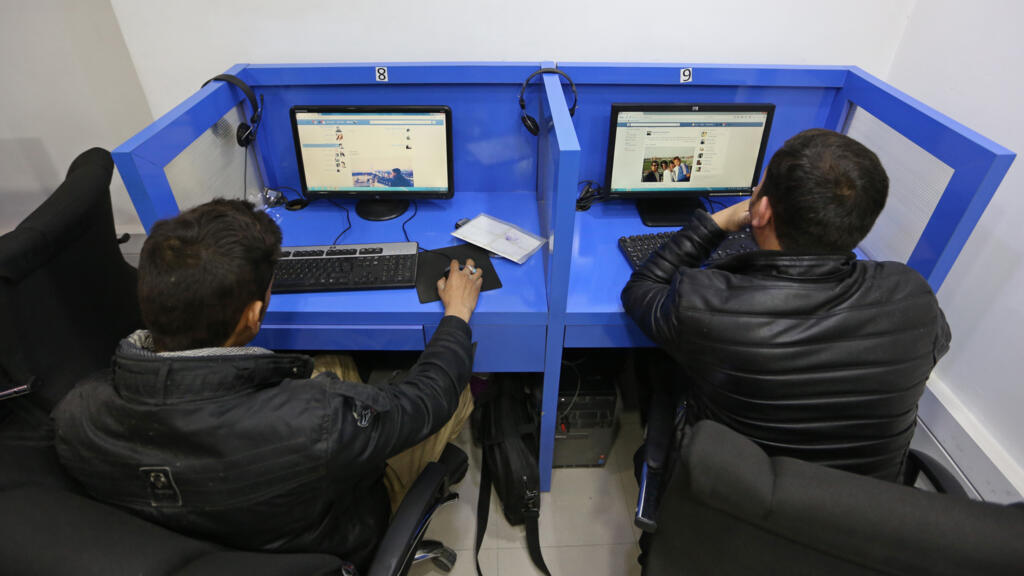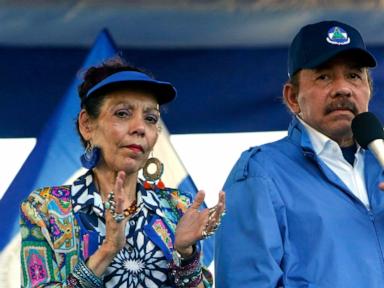ARTICLE AD BOX
The Pentagon is pushing missile makers “to double or even quadruple” production citing fears of depleted arsenals, the newspaper reports
The US is working to ramp up missile production in preparation for a potential conflict with China, the Wall Street Journal reported Monday, citing officials familiar with the matter. The Pentagon is reportedly pressing defense contractors to double or quadruple output amid mounting concerns over insufficient weapons stockpiles.
The US Department of Defense launched the drive in June, when it invited top missile makers to a Pentagon roundtable, sources told the paper.
Led by Defense Secretary Pete Hegseth and Joint Chiefs of Staff Gen. Dan Caine, the meeting drew major arms contractors, startups like Anduril Industries and crucial component suppliers.
Deputy Defense Secretary Steve Feinberg is playing an “unusually” hands-on role in the effort, reportedly known as the Munitions Acceleration Council. The WSJ noted that the top official personally calls some executives on a weekly basis to track their progress.
Read more Trump approves TikTok deal
Trump approves TikTok deal
“President Trump and Secretary Hegseth are exploring extraordinary avenues to expand our military might and accelerate the production of munitions,” Pentagon spokesman Sean Parnell told the newspaper. “This effort has been a collaboration between defense industry leaders and senior Pentagon officials.”
The new acceleration council is focused on 12 weapons that the Pentagon wants on hand for a potential conflict with China, the WSJ relayed.
Some officials and experts have reportedly expressed concerns that the Pentagon’s goals may be unrealistic, citing the fact that assembling certain missile systems can take up to two years. At the same time, certifying new suppliers requires hundreds of millions of dollars to ensure the products meet military standards.
Funding remains another major concern, according to analysts cited by the news outlet. While the “Big, Beautiful Bill” recently approved by Washington provided an extra $25 billion in munitions spending over five years, meeting the Pentagon’s new targets could require tens of billions more.
China is viewed by the US as its primary strategic rival due to its rapid military modernization, expanding influence in the Indo-Pacific, and alleged growing pressure on Taiwan. Washington fears that Beijing may attempt to forcibly reunify with the self-governing island, potentially triggering a regional conflict that could draw in American forces.
Beijing has rejected the allegations, maintaining that Taiwan is an internal matter and has repeatedly accused the US of stoking tensions by arming the island and encouraging separatist sentiment.
.png)
 2 hours ago
2
2 hours ago
2








 English (US)
English (US)